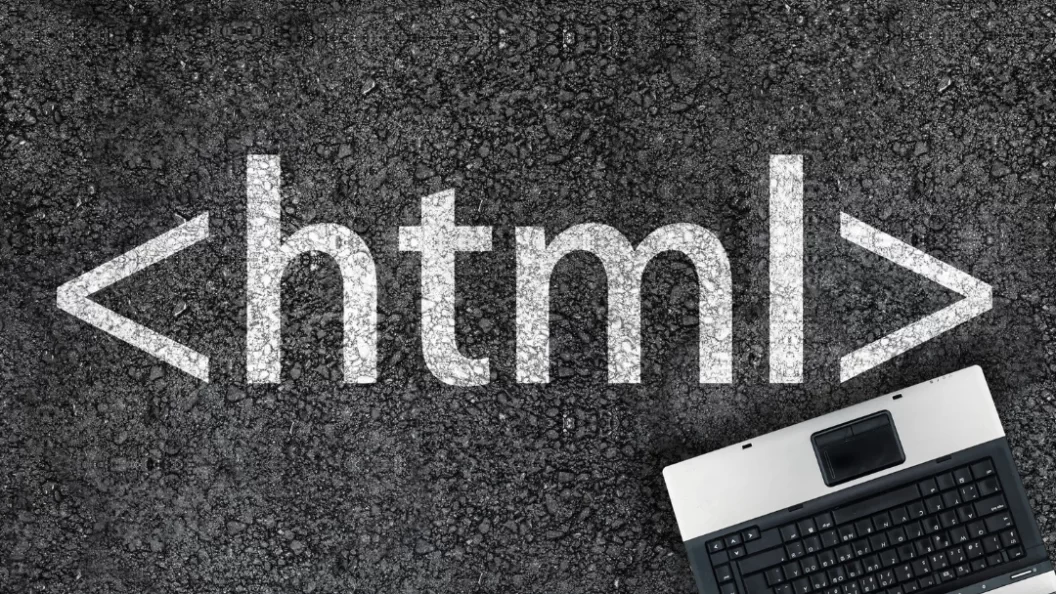HTML semantic markup plays an important role in search engine optimization (SEO) by increasing the structure, accessibility, and relevance of web content. Search engines rely on HTML to understand and interpret web pages, and semantic markup provides contextual understanding for different elements, helping search engines index and rank web pages more accurately. In this article we will explore importance the importance of HTML semantic markup in SEO and how it can improve website visibility and search engine ranking so far.
Semantic markup uses HTML elements that convey meaning and describe the structure of text on a web page. These elements include titles, paragraphs, tables of contents, images, and links, among others. By using semantic HTML tags appropriately, websites can create well-organized content that can be easily crawled and understood by search engines.
One of the most important benefits of semantic markup is its impact on accessibility. Well-written and formatted text benefit users with disabilities who rely on assistive technology such as screen readers. Semantic HTML tags provide additional context for this technology and make content accessible. This accessibility improvement not only helps users but also shows search engines that the website is designed with inclusion in mind, which is possible improve SEO rankings.
Semantic markup also helps search engines understand the usefulness and relationships between different elements. For example, organizing the content hierarchy with the right header tags (h1, h2, h3, etc.) helps search engines identify the main topics and subtopics of a webpage. This organization makes it easier for search engines to the most appropriate disclosures will be identified on demand. By organizing and ranking content well, websites can improve the visibility of their pages in search engine rankings.
Additionally, semantic markup helps optimize snippets with rich snippets and features. Rich snippets are additional information displayed in search results, such as ratings, reviews, or event information, which can increase click-through rates. Using structured data markup, websites can provide search engines with specific content, enabling them to create beautiful snippets. This increased visibility in search results can dramatically improve website discovery and click-through rates.
Besides semantic HTML tags, schema markup is another powerful tool to boost SEO. Schema markup is a standardized dictionary of tags that provides a clear meaning for different entities, such as text, shapes, objects, events, etc. By using schema markup, websites can provide detailed information about their content to search engines, and in order to do so create attractive and visually appealing snippets of their web pages and be relevant.
Additionally, semantic markup contributes to a positive user experience (UX) by improving the readability and clarity of web content. By using appropriate subject lines, highlighting keywords with strong and emphatic fonts, paragraphing, and tabulating, websites can make their content scannable and better understand Better user experience. Longer visit duration, reduced bounce rate, engagement metrics, and increases, all of which can have a positive impact on SEO rankings.
In conclusion, HTML semantic markup plays an important role in SEO by improving the organization, accessibility, and relevance of web content. Using semantic HTML tags and schema markup, websites allow search engines to make contextual sense, maximize accessibility, edit fine details, and enhance the user experience improve. These features contribute to better search engine visibility, higher rankings, increased organic traffic, and ultimately website success. Therefore, it is important for websites and SEO professionals to use HTML rendering markup to enhance the potential of their web pages in a highly competitive online environment.


